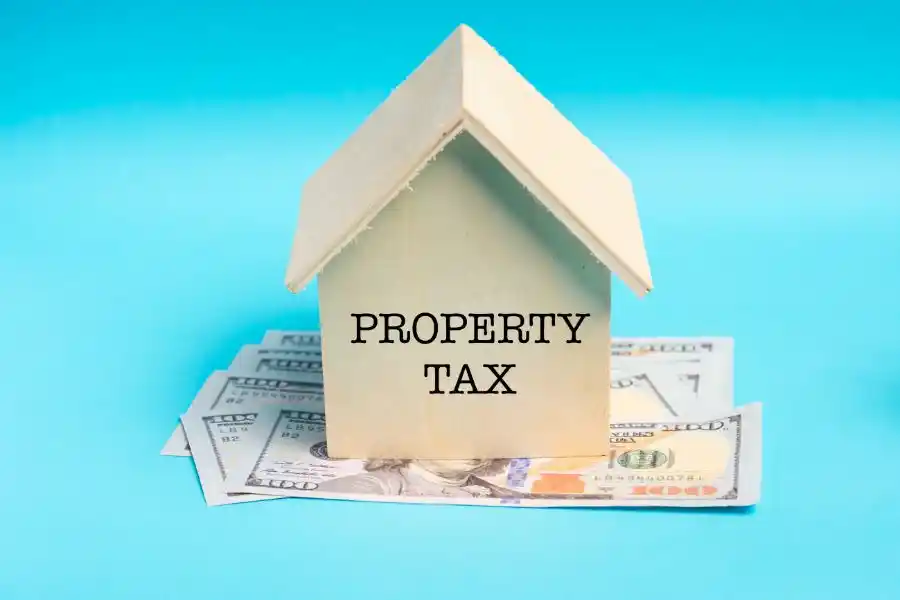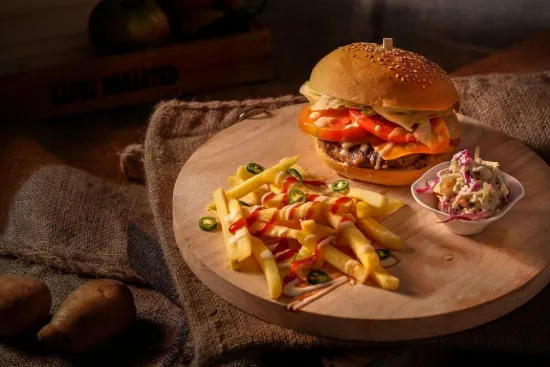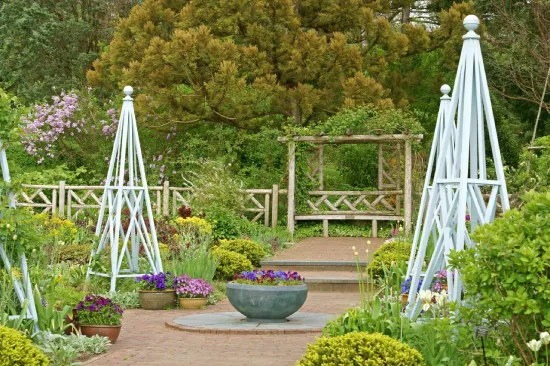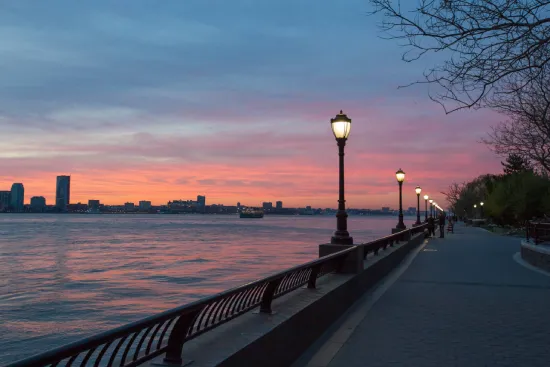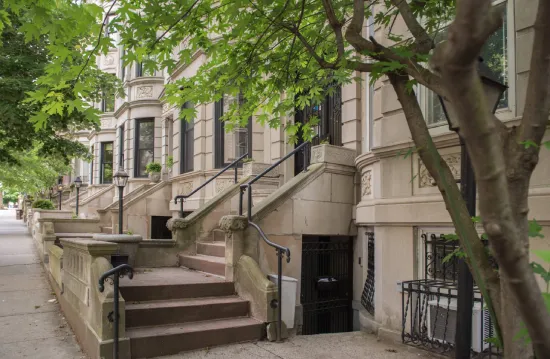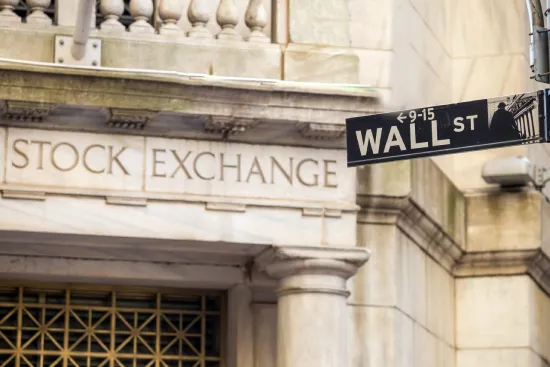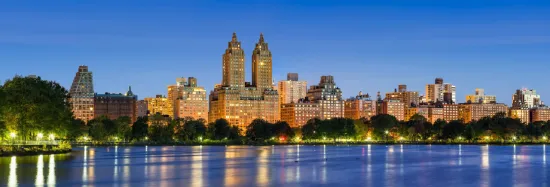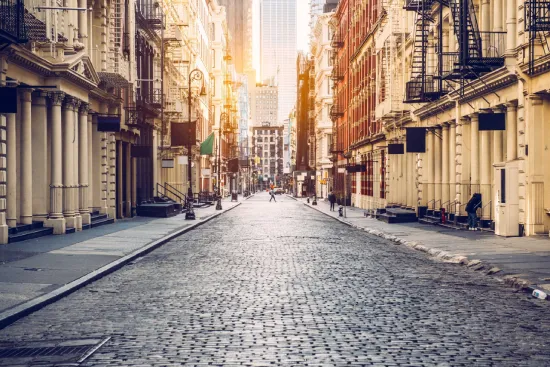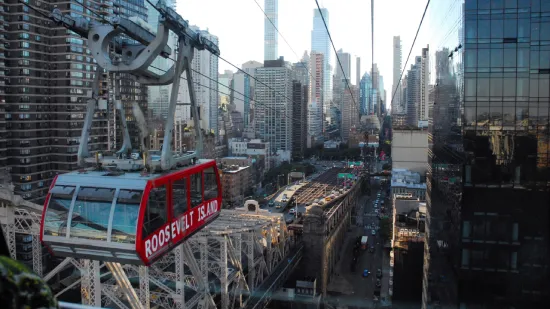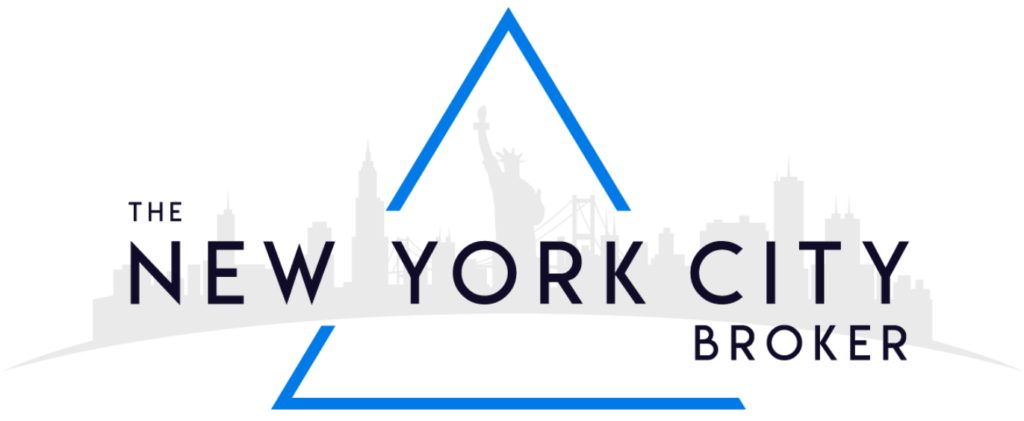There are few neighborhoods in the city where history comes alive as well as it does in Brooklyn Heights – America’s first suburb, the first historic district in the city, and the birthplace of Brooklyn. Tree-lined streets, expensive brownstone homes, quiet serenity, churches, and private schools are just a few characteristics of this marvelous neighborhood.
Geography
Brooklyn Heights is separated from DUMBO on the Northern side by the Brooklyn Bridge. It borders Cobble Hill, Bridge Plaza, and East River on the other three sides.
History
Originally occupied by the native tribes of Lenape, it was occupied by the Dutch in the middle of the 17th century. The neighborhood played a key role during the Revolutionary War since that’s where George Washington retreated from (to Manhattan) when the English overran the island. Even after the war, the neighborhood didn’t see much activity until ferries turned it into America’s first suburb in the 1830s.
Brooklyn Bridge, completed in 1883, connected it with Manhattan and vitalized the neighborhood. The affluent individuals that moved here before left following the major population influx. The neighborhood declined in the following decades. However, new blood revitalized the neighborhood. In 1965, it became NYC’s first historic landmark district. In the 1900s, Jehovah’s Witnesses set up their headquarters in the neighborhood and bought a lot of property. They left the headquarters in 2010.
Origin of the Name
The neighborhood we now call Brooklyn Heights has gone through multiple names, three of which are worth noting. It was called “Ihpetonga” by the natives, which translates to “the high sandy bank.” This refers to the elevation of the area and sandy terrain. It was called Clover Hill in the 1800s (when it was still pastureland). The neighborhood got the name Brooklyn Heights at least before 1910 because that’s when the Brooklyn Heights Association was founded.
Main Attractions of the Neighborhood
Brooklyn Heights has relatively few but good food establishments.
- Colonie (127 Atlantic Ave): It’s a popular brunch destination, famous for its Italian selections. The mushroom plate is an all-around favorite. It’s a bar as well, but the food is a more prominent attraction than drinks.
- Kogane (76 Henry St): It might not seem like it, but Kogane is one of the neighborhood’s top Japanese places. It’s most famous for its ramen, which is a bit different from what you might have eaten at more typical ramen places.
- Table 87 (87 Atlantic Ave): If you are craving a classic coal-oven pizza or other Italian foods, this is the place to go. It’s one of Brooklyn’s finest Pizza establishments.
- Henry’s End (72 Henry St): A name and address in one, this establishment is cherished for its locally sourced (farmer’s market) ingredients and its wild game menu.
- O’Keefe’s Bar & Grill (62 Court St): A serene Irish pub, well-known on Court Street for its environment and wings.
Brooklyn Heights is home to a lot of prominent buildings. A few of them are:
- St. George Hotel (100 Henry St): It was once one of the largest hotels in NYC. The original tower building, completed in 1929, was converted to co-ops in 1984.
- St. Ann & the Holy Trinity Church (157 Montague St): It’s a historic Episcopal that was once the tallest structure in the neighborhood. The Gothic Revival building was completed in 1847.
- Plymouth Church (57 Orange St): This 1850 church became quite famous thanks to the stance its pastor took in the abolitionist movement.
- Boisselle House (24 Middagh St): It’s the oldest house in the neighborhood and stands at a very attractive location.
- Leverich Towers (25 Clark St): The 16-story building was once a grand hotel in the neighborhood, and it’s now being converted into senior luxury housing.
The neighborhood is home to a number of great attractions for locals and tourists alike.
- Brooklyn Bridge Park (334 Furman St): Bordered by 1.3 miles of the East River and Brooklyn’s prominent waterfront, this 21.3-acre park is a highly coveted local attraction.
- Brooklyn Heights Promenade (Montague St & Pierrepont Pl): You might surprise yourself with New York’s “quiet” beauty when you are standing on this 1,826-foot-long platform that offers an amazing view of the piers, Manhattan, and Statue of Liberty.
- Brooklyn Bridge: The entryway to Brooklyn Heights (from Manhattan) is quite an attraction itself. Completed in 1883, it was the longest suspension bridge in the world at that time.
- New York Transit Museum (99 Schermerhorn St): Subways are a part of NYC’s history and its evolution, and a museum dedicated to their history is definitely worth visiting.
- The Brooklyn Cat Café (76 Montague St): While not as grand as Brooklyn Heights’ iconic attractions, NYC’s only non-profit cat café is a unique neighborhood attraction.
What Is Brooklyn Heights Known For?
- Being the first historic district in NYC.
- Celebrity residents like Matt Damon, John Krasinski, Paul Giamatti, and Bjork.
- An overall low-rise architecture and a lot of brownstone buildings.
- Amazing Manhattan views, especially from the Brooklyn Heights Promenade.
- A variety of churches.
Population
As per the city, the collective population of Brooklyn Heights and Fort Greene is about 117,000.
Interesting Facts about Brooklyn Heights
- Jackie Robinson, the first African American signed by a major baseball league (Brooklyn Dodgers), signed his contract in the league’s front office located in Brooklyn Heights. There was a plaque commemorating it, which disappeared in 2019 and was reinstalled in 2020.
- The fruit streets in the neighborhood got their name because a resident, Lady Middagh, thought that naming streets after prominent people was not a great idea. She would tear down the official names and put-up names based on fruits. This continued for a while before Lady Middagh’s fruit names were given official status. Another reason for this nomenclature might be the prominent families with fruit businesses residing on those streets.
- It’s home to the world’s only Greek Revival subway ventilator (58 Joralemon St). It was once a residence, but now it’s just a façade.



